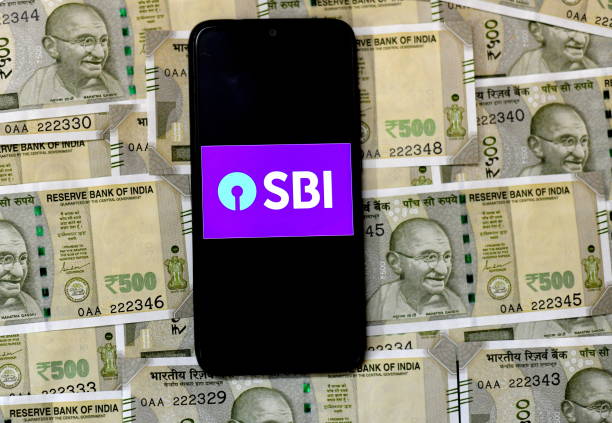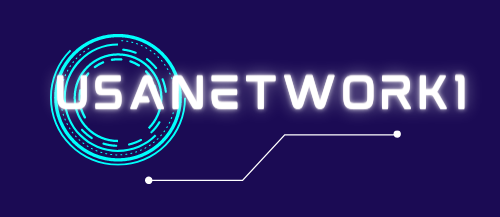Home loan process and Comparison Between State Bank Of India and Punjab National Bank.
Home loan process and Comparison Between State Bank Of India and Punjab National Bank.

HOME LOAN COMPARISON OF SBI AND PNB:
State Bank of India (SBI) and Punjab National Bank (PNB) are two of the largest public sector banks in India that offer home loans to their customers. Here is a comparison of their home loan features:
- Interest Rates: SBI and PNB both offer home loans at different interest rates based on various factors such as loan amount, loan tenure, etc. As of May 2023, the interest rates for SBI home loans range from 6.70% to 7.90%, while for PNB, it ranges from 6.75% to 8.10%.
- Loan Amount: Both banks offer home loans for different amounts. SBI offers home loans starting from ₹1 lakh up to ₹15 crore, while PNB offers home loans starting from ₹1 lakh up to ₹10 crore.
- Loan Tenure: SBI offers home loan repayment tenure ranging from 1 year to 30 years, while PNB offers a tenure of up to 30 years.
- Processing Fees: SBI charges a processing fee of 0.40% of the loan amount, subject to a minimum of ₹10,000 and a maximum of ₹30,000. PNB, on the other hand, charges a processing fee of up to 0.50% of the loan amount, subject to a minimum of ₹8,500 and a maximum of ₹15,000.
- Prepayment Charges: SBI doesn’t charge prepayment charges on floating rate home loans, while PNB charges 2% of the outstanding balance in case of full prepayment.Home loan process and Comparison Between State Bank Of India and Punjab National Bank.
- Other Features: SBI offers the option to avail of a Top-Up loan, which is an additional loan over and above the existing home loan, while PNB offers a Flexi Hybrid Home Loan which allows the borrower to choose between fixed and floating interest rates.

Here are the general steps to process a home loan application:
- Research and compare: Do some research and compare the different home loan options available from various lenders to find the best one that suits your needs.
- Check eligibility: Check if you are eligible for a home loan based on factors such as age, income, credit score, and employment status.
- Gather documents: Gather all the necessary documents such as identity proof, address proof, income proof, bank statements, and property documents.
- Apply for the loan: Fill out the loan application form and submit it along with the required documents to the lender.
- Get the property evaluated: The lender will evaluate the property you wish to purchase to determine its market value and approve the loan amount accordingly.
- Verification and credit check: The lender will verify the documents submitted and perform a credit check to assess your creditworthiness.
- Loan sanction and agreement: If the lender approves the loan, they will provide you with a sanction letter and a loan agreement, which outlines the terms and conditions of the loan.
- Disbursement: After you sign the loan agreement and provide the required collateral, the lender will disburse the loan amount to the seller of the property.

It’s essential to carefully read and understand the loan agreement’s terms and conditions before signing it and make sure to repay the loan on time to avoid any penalties or legal issues.Home loan process and Comparison Between State Bank Of India and Punjab National Bank.



